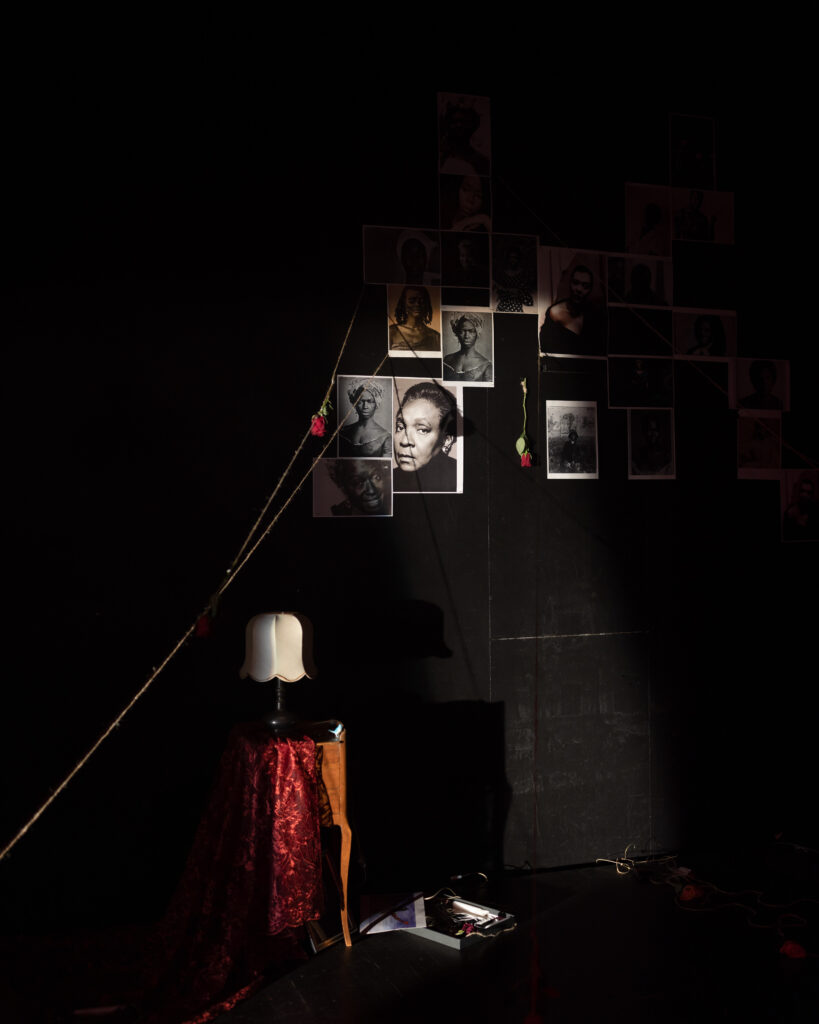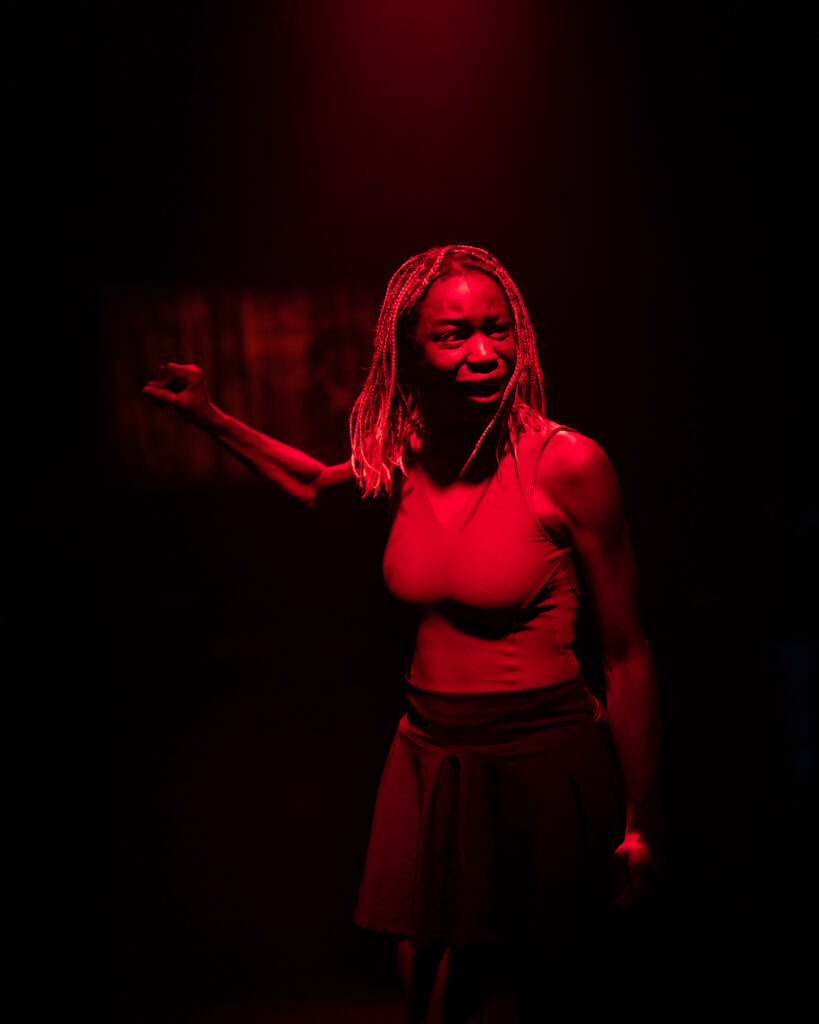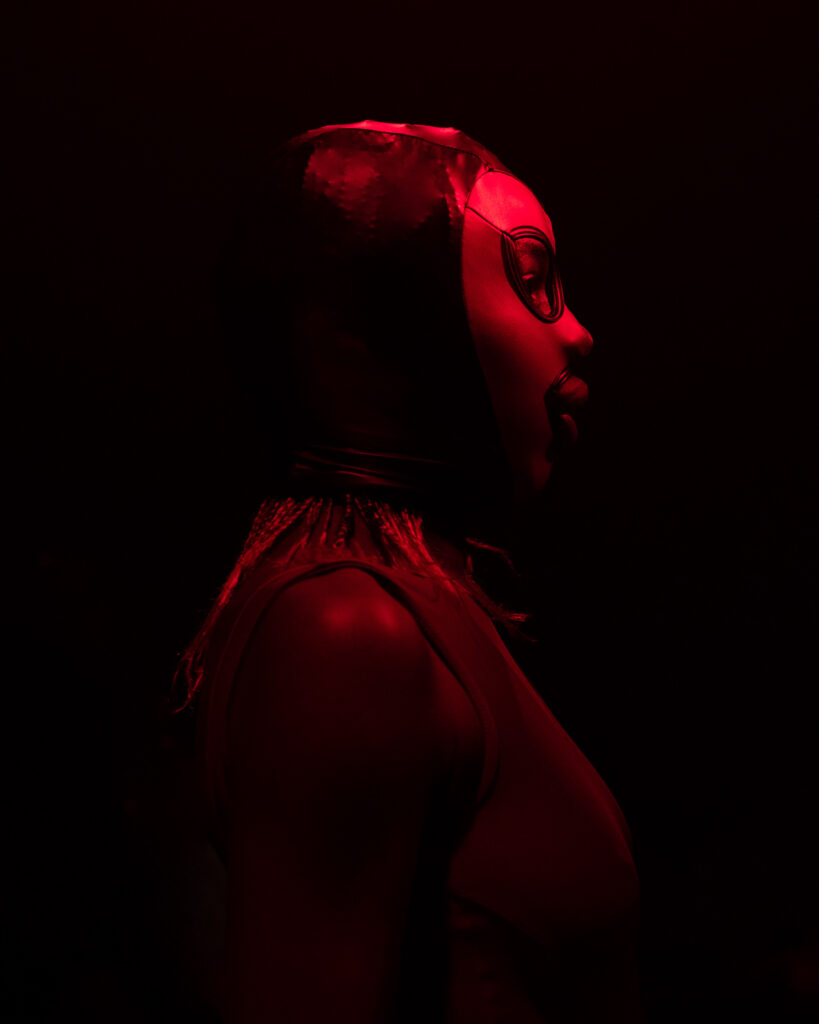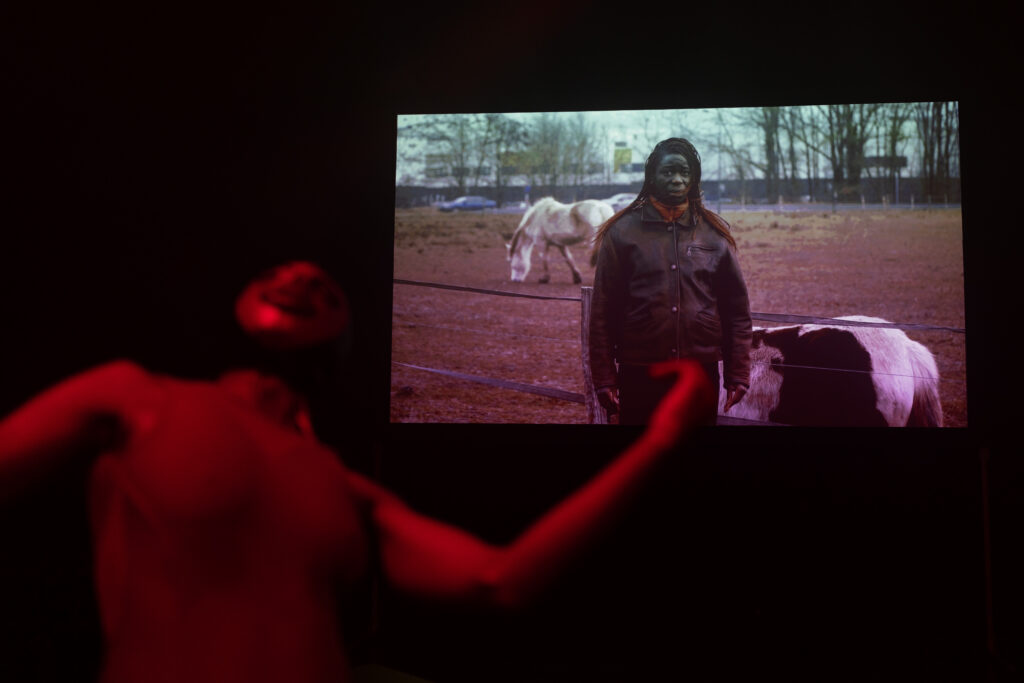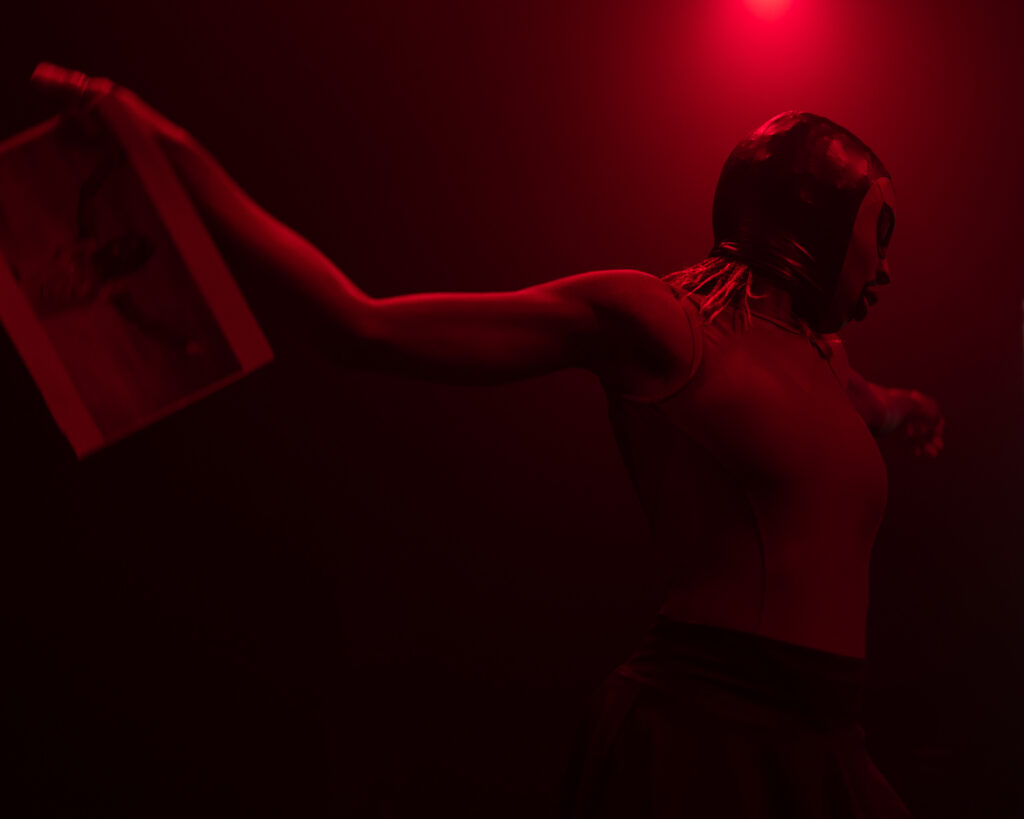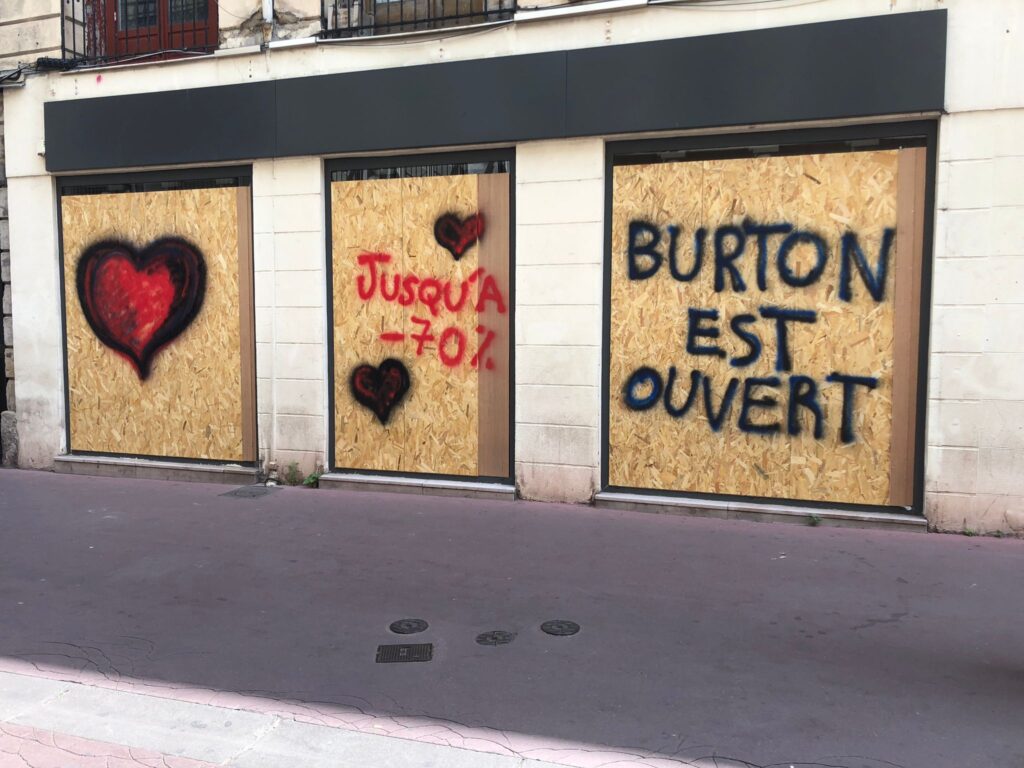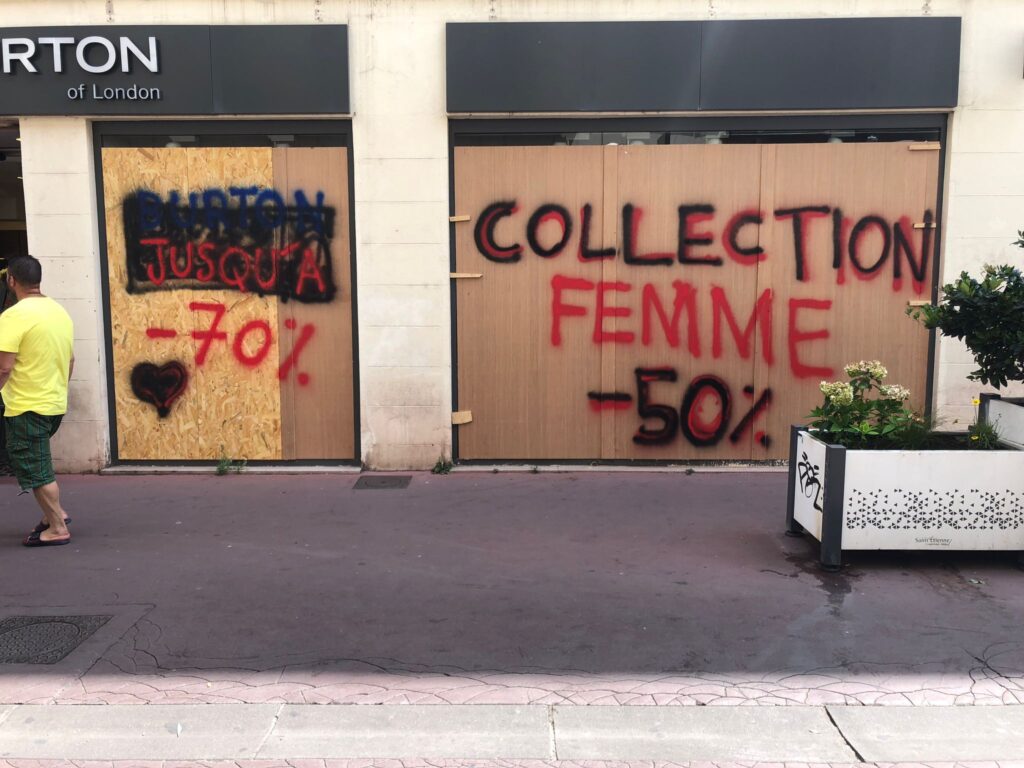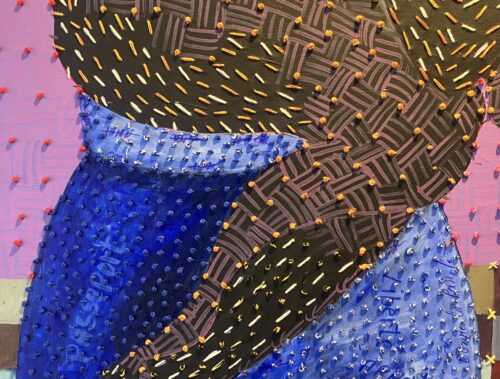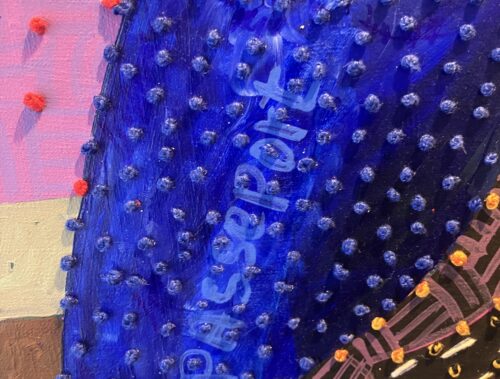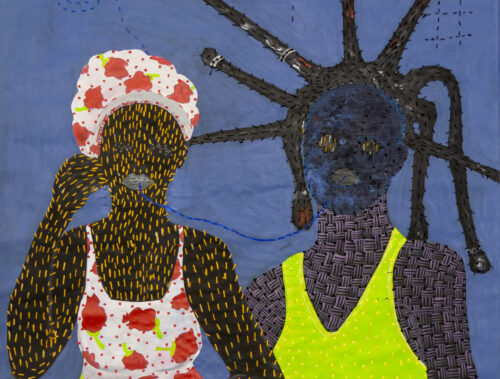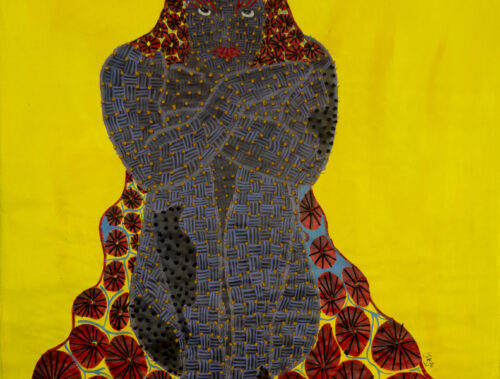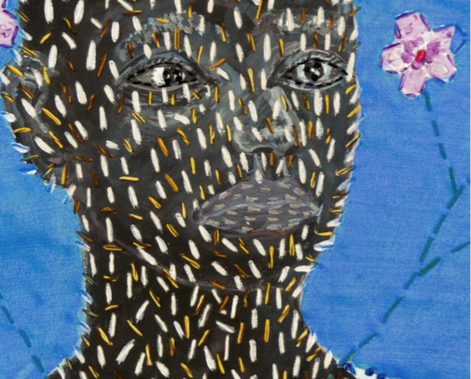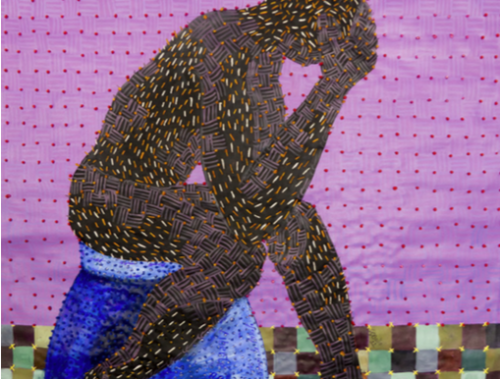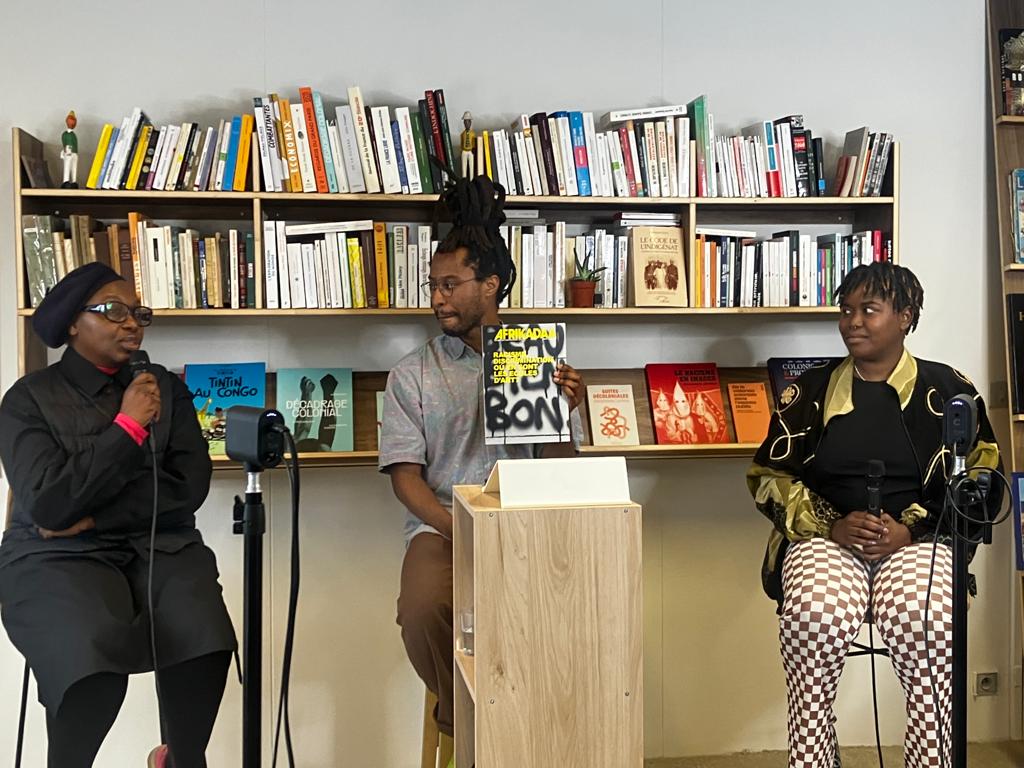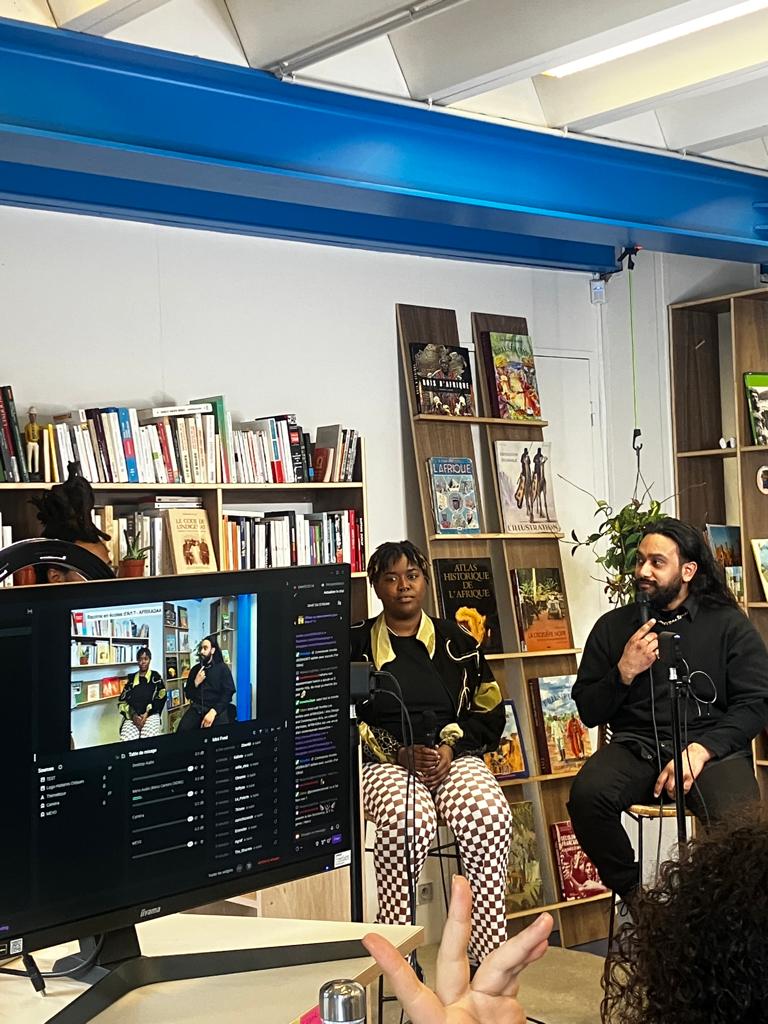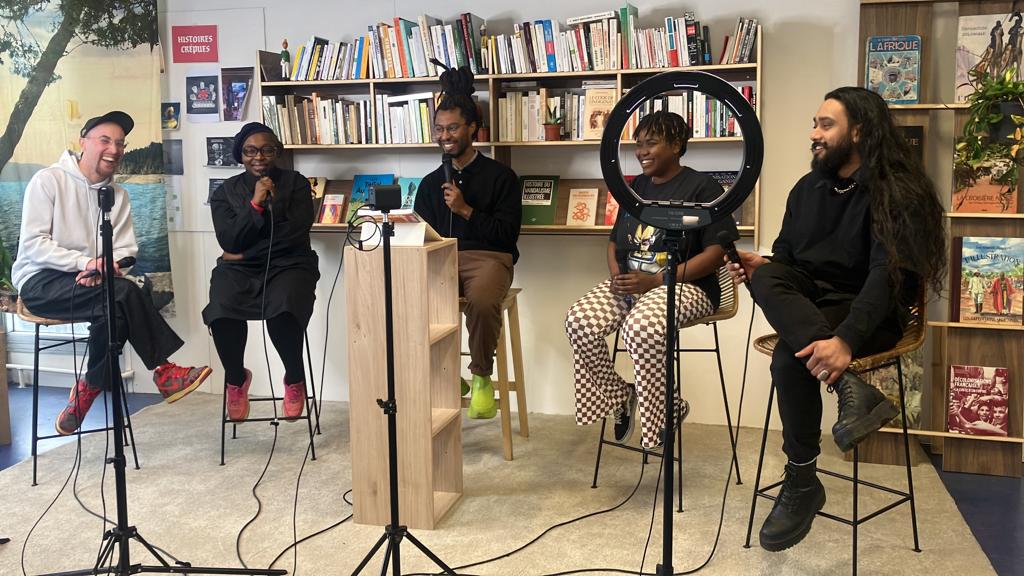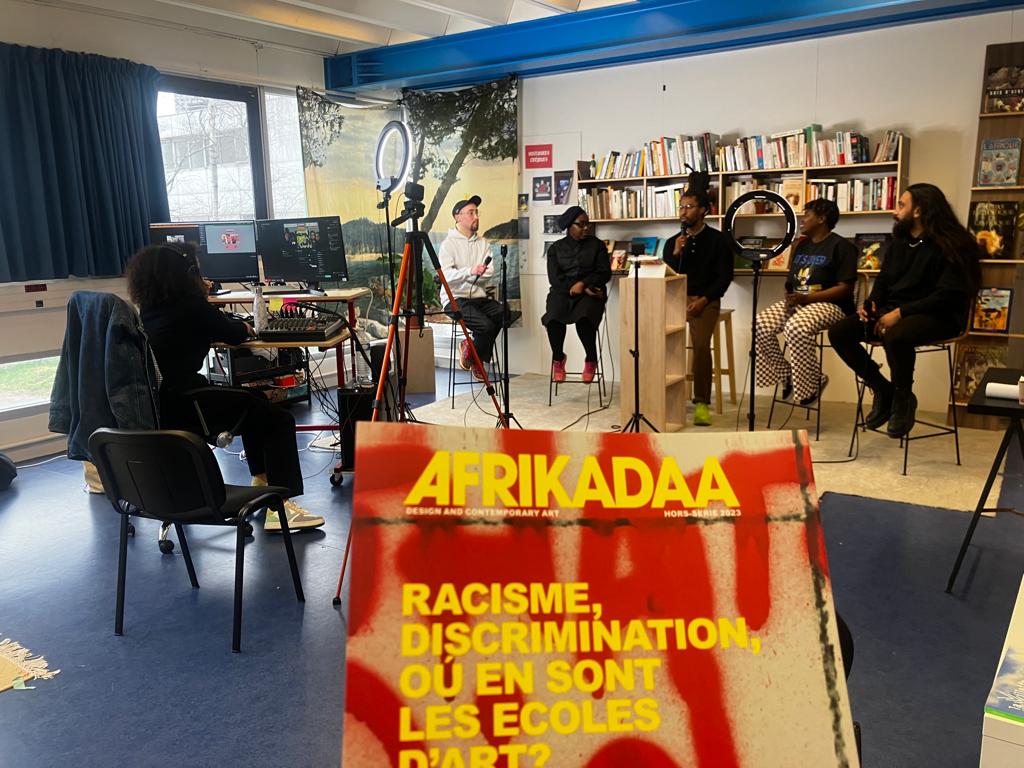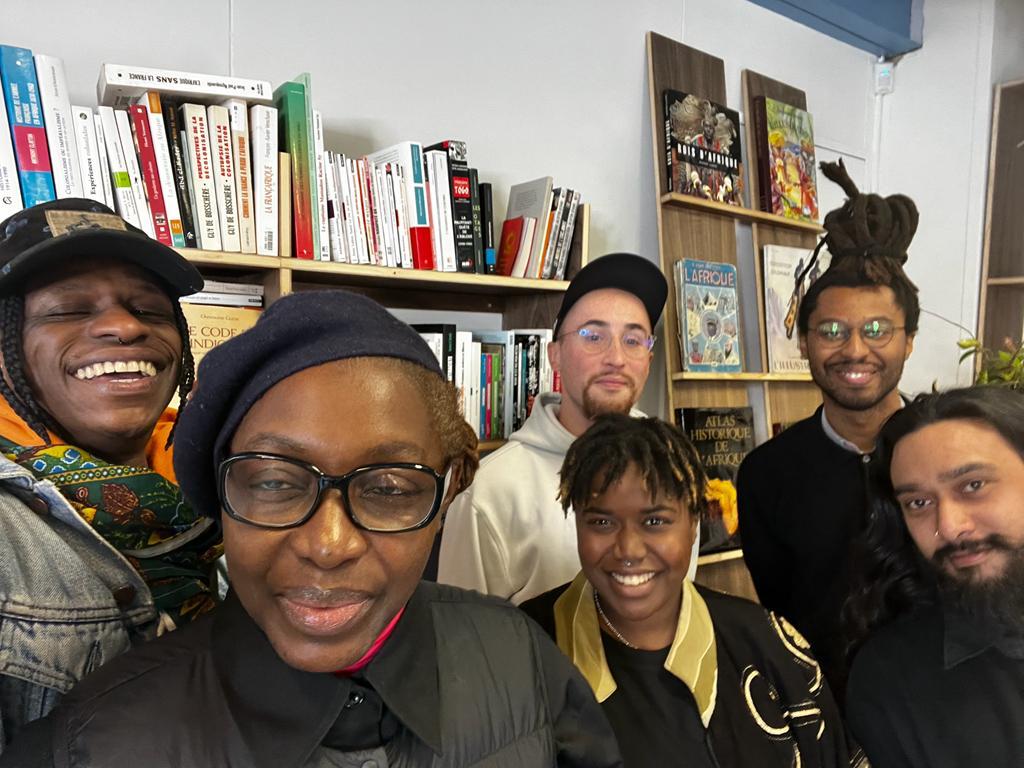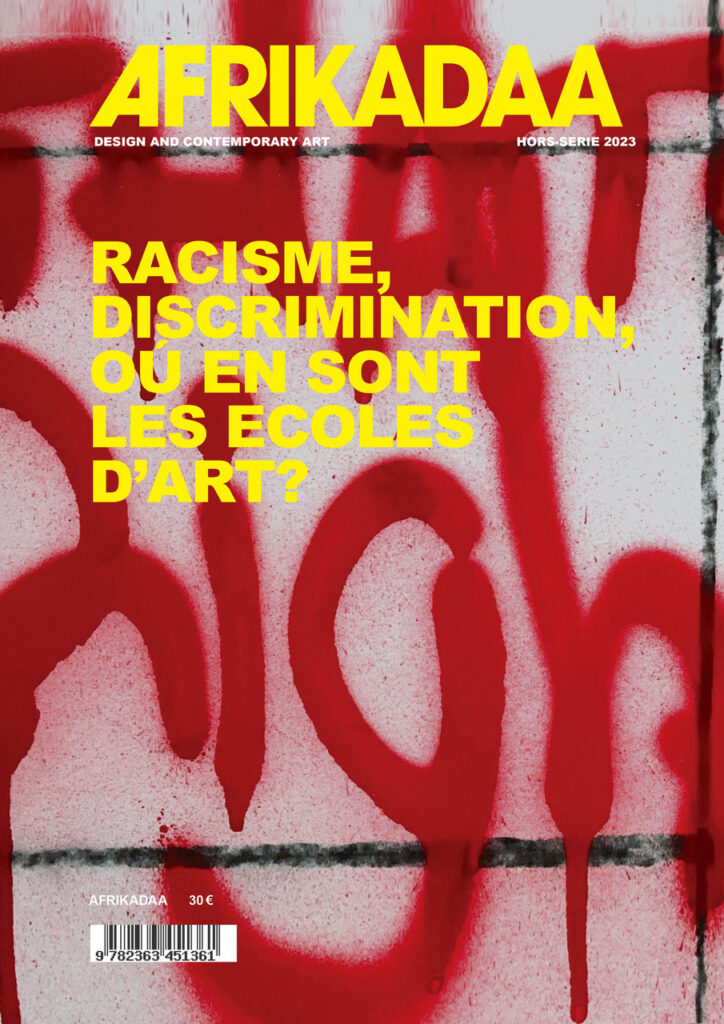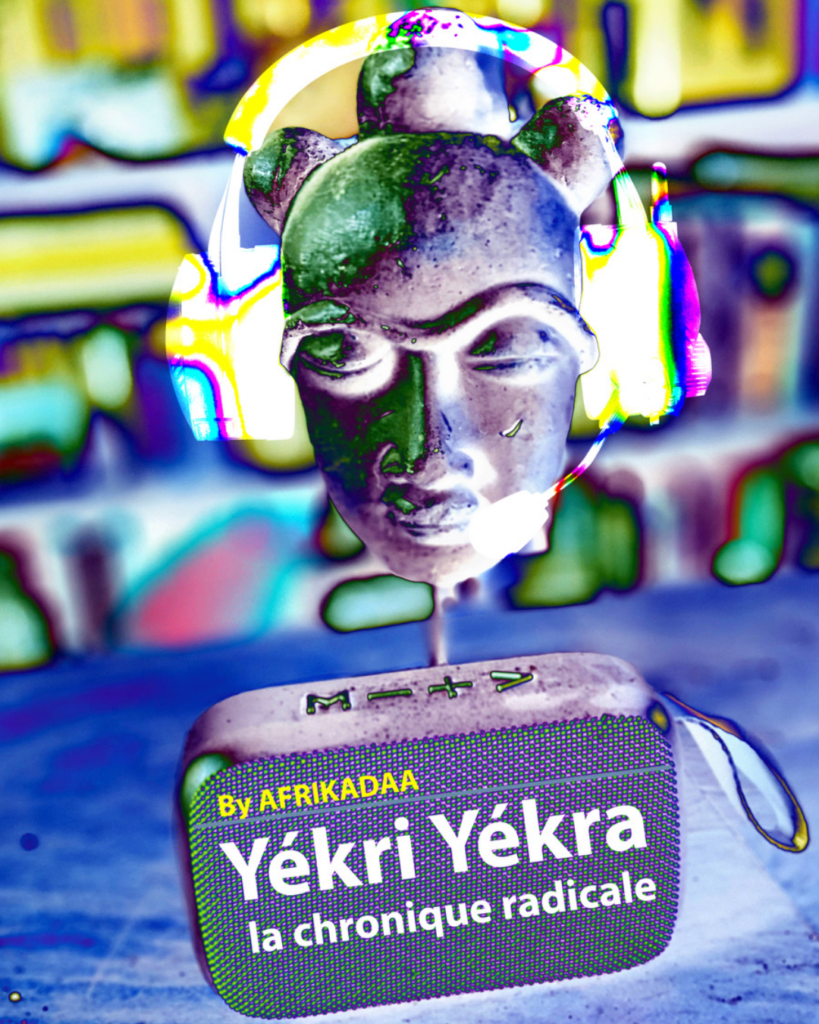10 juin 2023, 20:41 par Samir Ramdani.
INTRODUCTION
Ce printemps 2019, Olivier Dollinger m’a appelé pour me proposer de présider pendant trois jours le jury des diplômes de cinquième année de l’école d’art dans laquelle il enseigne. C’était un remplacement d’urgence, les délais étaient courts, je lui rendais service. Nous nous apprécions sans être très proches, nous nous connaissons depuis environ dix ans.
Je suis flatté, honoré. Je réponds oui, avec grand plaisir. D’autant plus que j’ai étudié dans cette école. La charge affective était forte.
Ce jury sera composé de Jean-Marc Chapoulie, Julie Béna et Rémi Parcollet, que je connais peu ou pas.
L’épreuve du diplôme se déroule sur trois jours.
Les étudiants accrochent leurs œuvres dans différentes salles de l’école. Nous (les juré.es) allons de salle en salle pour voir les travaux. Dans un premier temps, chaque étudiant.e nous présente son travail, puis ensuite, nous échangeons avec lui.elle.
Entre chaque passage, le jury se réunit vingt minutes en huis clos pour discuter. Il y a quatre étudiant.es à voir par demi-journée. En fin de journée nous délibérons à nouveau sur chaque cas et statuons sur l’obtention des diplômes, des mentions et félicitations. Nous annonçons les résultats dans la foulée à chaque étudiant.e , un.e par un.e, en huis-clos, lui.elle face à nous. Les journées sont donc particulièrement longues et éprouvantes.
À la fin des épreuves, le jury est tenu de rédiger un rapport à destination du Ministère de la Culture. Si mes souvenirs sont bons, ce texte doit donner son avis sur le niveau (général de la promotion, sur l’organisation et le déroulement des diplômes, sur les conditions d’accueil du jury par l’école, et d’autres remarques éventuelles)
DÉROULEMENT DES DIPLÔMES
Le premier jour, dès les premières délibérations les débats sont assez vifs. La première étudiante est française blanche non-Arabe et nous raconte, dans un diplôme ouvert au public, l’importance de sa conversion à l’Islam dans son travail suite à sa rencontre de son mari, un jeune Marocain. Durant la délibération, les remarques déplacées fusent, surtout de la part de Jean-Marc qui estime que : « Peut-être que le vrai problème, c’est qu’elle se soit mariée avec ce mec, qu’elle se soit convertie ». J’ai beau chercher, je ne trouve pas de justification intellectuelle ou pédagogique à de tels propos. Et à ce moment précis, je sens une appréhension pour les prochaines délibérations. Les passages d’étudiant.es s’enchainent… et plus ça va, plus les débats se passionnent entre moi et le reste du groupe. Les deux premiers jours ont été ponctués de plusieurs débats houleux. Pendant les délibérations du deuxième jour, le ton monte à plusieurs reprises lorsque je m’exprime sur des thèmes raciaux ou de représentation de minorités (des thèmes que j’ai l’habitude d’aborder et que je maîtrise), le ton monte, le ton monte, jusqu’au moment où Jean-Marc, en plein débat, excédé par un soupir d’agacement de ma part, hausse le ton de manière significative au point que je me sente menacé physiquement. Il me crie : « bah alors parle ! vas-y dis ce que tu penses ! vas-y dis ! vas-y dis ! » soit pour me provoquer, soit pour m’intimider.
Je lui rétorque : « j’ai rien dit ! j’ai rien dit ! J’ai rien dit ! »
Paradoxalement, c’est à moi qu’Olivier demande de me calmer. Et pas à l’agresseur. Personne ne réagit, personne ne recadre Jean-Marc, personne ne prend ma défense.
À partir de ce moment, je décide de réduire les échanges avec lui. Alors, je lui donne raison, j’acquiesce à ce qu’il dit car j’ai peur que le ton monte à nouveau. En cas de nouveau conflit, je ne pourrais visiblement pas compter sur les autres juré.es. Je me soumets désormais au jugement de mes collègues. Les discussions continuent et j’évite d’intervenir et me terre momentanément dans un silence. Intérieurement je suis très tendu, mes collègues continuent de débattre entre eux, prennent des décisions, et écrivent l’appréciation d’une étudiante. Quelques minutes plus tard mes collègues cherchent les mots pour une autre appréciation. Je propose une phrase. Jean-Marc me dit qu’il ne comprend pas, il répète ma phrase avec circonspection et scepticisme, j’ai à peine le temps de m’expliquer, qu’il passe à autre chose comme si ce que je disais n’avait aucun poids.
La tension monte en moi, je sens qu’il y a un problème entre nous deux. Juste à côté, les rares moments où je le croise, le regard d’Olivier est glacial et fuyant. J’ai une grosse boule au ventre. Plus tard, je ferai d’autres propositions de phases. Critiquées, refusées ou simplement ignorées, aucune ne sera retenue. J’observe quelque chose en moi : la qualité de mon français baisse avec la montée du stress. Depuis le début de la session, c’est de plus en plus visible. J’ai des trous de mémoire pour les références, je bafouille…
Entre mes rares tentatives de participer au débat, dans ma tête, je ne pense plus qu’à une chose : je me sens exclu du groupe. Personne ne me regarde. Je suis éliminé. J’angoisse à mort. Nous devons encore statuer sur quelques étudiants, et je sens que ça va être compliqué. Et d’ailleurs, à partir de ce soir, ni Jean-Marc, ni Olivier, ni Rémi ne me demanderont mon avis sur quoique ce soit jusqu’à la fin du diplôme. Seule Julie me demande à deux ou trois reprises si je veux ajouter quelque chose après une présentation d’étudiant.es où chaque juré s’est longuement exprimé, ou pendant une pause entre deux passages. Quand j’accepte de prendre la parole, aussitôt, tout le monde se retire me laissant seul avec l’étudiant comme s’ils ne voulaient pas entendre ce que j’ai à dire. Les prises de parole de Rémi et Jean-Marc sont très longues. Elles se présentent comme des questions mais les étudiants ne sont pas toujours en mesure d’y répondre, étant donné la quantité d’informations, de commentaires, de considérations qu’elles contiennent. Et moi je suis là avec ma boule, et mon mutisme, à retenir mes larmes quand Julie me fait signe pour parler. Je n’arrive pas à savoir si elle fait ça par pitié ou pour cacher aux étudiants ce qui se passe. J’ai peur que les étudiants comprennent. Peu de moments dans ma vie m’ont fait me sentir aussi inapte, incompétent, incapable, inutile, lourd, idiot. Je n’écoute même plus ce qui se dit, je fais semblant, si je bouge trop les yeux je vais craquer. Entre deux passages, je vais vite aux toilettes pour pleurer un bon coup et je reviens tout frais pour continuer à faire illusion…
Vendredi matin 8h, j’ai dormi deux heures. Je bois mon café seul à la terrasse d’un café. Olivier passe, me voit et me rejoint. Fini la bise habituelle, il me tend la main. Gros silence.
Je dis : je n’aurais pas dû venir, il faut que tu saches que là, c’est dur pour moi…
Il dit : Et pour nous, tu crois que c’est pas dur ? J’ai jamais vu un jury pareil (il n’en a fait que deux avant celui-ci).
Je dis : Moi j’ai jamais vu un prof appeler les étudiantes asiatiques en criant leur nom par la fenêtre en imitant leur accent.
Il dit en bafouillant : il y a des choses sur lesquelles nous pouvons tomber d’accord mais…
Je lui dis : Pour être clair, je vais rester, je vais finir ce travail, mais je le fais pour les étudiants, pas pour vous !
Les autres arrivent et nous arrêtons de parler du problème.
Pendant ces trois jours de travail, j’ai entendu Jean-Marc parodier les étudiantes chinoises en parlant avec un pseudo-accent chinois. Au minimum, à trois reprises.
Quand il faisait ces blagues il nous regardait avec un grand sourire comme pour nous enjoindre de rire avec lui, tout le monde souriait bêtement, sauf moi.
La punition auto suggérée :
Dernières délibérations, j’étais comme un Zombie.
Vendredi était le jour des formulaires à remplir. Il fallait rédiger une lettre pour le Ministère et recopier au propre les notes et appréciations, et peut-être d’autres documents que j’ignore, bref un travail assez long. Évincé, je n’ai participé à l’élaboration ou rédaction d’aucun de ces documents.
Voilà les possibilités qui s’offraient à moi :
- Essayer de participer aux discussions, ce qui était impossible étant donné que j’étais intellectuellement, moralement et physiquement disqualifié et diminué.
- Ne rien faire du tout. Ni discuter, ni remplir les documents (qui demandaient un certain temps). Ce qui aurait renforcé mon image d’incompétent, d’inapte, que les autres jurés construisaient sciemment ou pas.
- M’occuper de la mise au propre des brouillons sur les documents officiels, c’est-à-dire recopier bêtement des textes à la main. Un travail laborieux qui ne demande aucune réflexion et qui a l’avantage de limiter mon contact avec Jean-Marc et Olivier tout en montrant ma bonne volonté pour terminer au plus vite.
J’ai donc choisi la troisième option. Julie a aussi fait une partie importante de la mise au propre.
L’ATTITUDE DES MEMBRES DU JURY
C’est Olivier qui nous a invités, il travaille sur place. Il avait au moins moralement la responsabilité du bon déroulement de ce jury. Je pense qu’Olivier n’a pas fait son travail. Il aurait dû réagir vite et peut-être en informer la direction. Il n’a pas proposé de recueillir mon témoignage. Il n’a pas organisé de médiation ou de discussion. Son unique approche pour régler le problème était de me dire de me calmer et de me faire comprendre que j’étais le problème. Il n’a, à ma connaissance, jamais recadré Jean-Marc pour son comportement agressif. Ni pour ses blagues racistes puisque Jean-Marc a récidivé jeudi soir alors même que je l’avais notifié verbalement à Olivier le matin même.
Olivier a été témoin et complice de mon ostracisme et s’en est satisfait.
Olivier a été témoin et complice actif du fait que j’ai cessé de participer aux décisions du jury de manière progressive. Il est également complice du fait que je n’ai participé à aucune conclusion.
Il n’a pas posé les conditions de délibérations sereines.
Concernant Jean-Marc, il a été le premier responsable de mon éviction avec le soutien sans faille d’Olivier.
Jean-Marc a utilisé le mode de l’intimidation dans un contexte professionnel et officiel.
Dans les premiers moments où j’avais encore une parole entendue, chacune de mes interventions suscitaient un agacement très perceptible ; et particulièrement quand j’abordais des questions inscrites dans le champ des études décoloniales.
L’agacement a vite fait place à la remise en question systématique de tout ce que je disais.
Jean-Marc affectionne les parodies et blagues racistes, mais n’est pas en reste sur les réflexions sexistes ou homophobes que j’ai pu entendre au restaurant ou dans l’enceinte même de l’école.
Rémi Parcollet n’a pas été aussi actif qu’Olivier et Jean-Marc dans cette mise au ban. Cela dit, Rémi n’a jamais pointé le dysfonctionnement du jury et n’a rien fait pour arranger les choses. À chaque intervention, Rémi prenait longuement la parole, lui-même le reconnaissait. Il semblait satisfait de mon éviction. La première journée, nous avons eu quelques débats vifs sur des thèmes décoloniaux sur lesquels il est peu informé, pas compétent et très sceptique sur l’ensemble du champ de recherche.
Pendant mon silence, Julie Béna a été la seule à me proposer de prendre la parole deux ou trois fois en fin de discussion avec les étudiants mais jamais à des moments importants pour partager des prises de décisions cruciales. Nous avons eu avec Julie quelques débats vifs sur des thèmes décoloniaux sur lesquels elle est, elle aussi, peu compétente. Elle n’a aussi jamais pointé le problème et n’a rien fait non plus pour arranger les choses.
ÉVICTION D’UNE PAROLE
À propos de l’éviction de ma parole, les enjeux symboliques sont forts. En effet, comme évoqué plus haut, aucun de mes collègues de jury n’est compétent et ne s’intéresse au champ de recherche décolonial. À chaque évocation des problématiques de représentation de minorités ou des mécanismes de domination sociale, raciale, de genre, leur réaction était celle d’une mécompréhension et d’un rejet de mes observations. Des observations qui étaient vues comme une forme d’hystérie (« Samir, calme-toi ») provoqué par un tempérament trop émotionnel qui me rendait hors sujet et incompétent.
Il est difficile de ne pas y voir l’invalidation d’un domaine de recherche entier par le biais de la disqualification d’une personne. Concernant ce champ de recherche, il n’a, par ailleurs, plus à prouver sa légitimité au regard de son ancrage universitaire, artistique, culturel, ou au regard du contexte politique que nous traversons (phénomène #Metoo, immigration, décomplexion des comportements et paroles racistes). Ces juré.es ne voulaient tout simplement pas entendre parler de racisme institutionnel. L’idée selon laquelle leur monde de l’art puisse être traversé par des mécanismes de domination en tout genre leur semble être soit un fantasme, soit un sujet trop mineur pour être évoqué dans une école d’art ou lors d’un diplôme. Or j’ai constaté lors de mes différentes interventions en école d’art que ces questions étaient de plus en plus demandées par les étudiant.es. Que ce soit par les femmes (majoritaires en écoles d’art), les personnes racisé.es (de plus en plus nombreuses en écoles d’art) ou des étudiant.es non cis ou non hétéronormé.es, eux aussi, de plus en plus visible dans les écoles.
Dans plusieurs de mes interventions orales, mes collègues pouvaient comprendre que j’établissais un lien de compétence entre l’origine d’un.e étudiant.e et sa capacité à être pertinent.e politiquement. Autrement dit, c’est, par exemple, l’idée selon laquelle ce sont les femmes qui sont à l’origine des mouvements féministes et ce sont les personnes racisé.es qui sont à l’origine des luttes et pensées émancipatrices décoloniales…
Même s’il y a des exceptions, ce lien de compétence n’en est pas moins un fait sociologique mesurable.
Malgré son caractère de vérité historique et sociologique, ce lien est sans cesse remis en question par mes collègues. C’est aussi l’évocation de ce lien qui provoque les débats les plus enflammés.
La mise en lumière de ce lien est mal reçue par les intellectuel.les blanc.hes parce-qu’elle remet en question leur pertinence à parler des thèmes de dominations raciales.
Les arguments spontanés qui me sont opposés reposent la plupart du temps sur un héritage intellectuel très européanocentré que l’on peut qualifier d’universaliste et qui consiste à penser que tout le monde devrait pouvoir parler de tous types de sujets dans la bienveillance et bienséance pure qu’induit la liberté d’expression chèrement acquise. De prime abord, ce projet semble tout à fait louable et souhaitable. Après tout, c’est vrai, pourquoi un réalisateur français blanc serait critiquée pour faire un film sur les femmes Kurdes mais pour un public français ?
Peut-être parce que la lunette universaliste a pour principe d’ignorer les contextes particuliers de production, de pensées et d’images ? Que ce réalisateur transporte dans son regard son lot de réflexes orientalistes, de naïveté et de présupposés ? Que l’universaliste n’intègre évidemment pas l’acquis sociologique élémentaire qui nous apprend qu’un point de vue n’est jamais pur et objectif ? Que le point de vue d’un auteur est fatalement intéressé et inscrit dans un milieu qui le conditionne ? Et que les principes universalistes ont été les meilleurs outils rhétoriques de la propagande coloniale civilisatrice ?
Dans les réactions de mes collègues jurés il y avait de ça.
Jean-Marc affectionne les blagues racistes mais il se sent aussi parfaitement capable de m’expliquer ce qui est raciste ou pas.
Dans leurs attitudes disqualifiantes il n’y a pas, à proprement parler, de racisme frontal évident. Eux-mêmes ne se voient surtout pas comme des personnes racistes ou discriminantes, et pourtant le résultat est là, sans appel. Quand on prend du recul sur la situation, dans ce jury de cinq personnes, c’est tout de même un drôle de hasard que la seule personne que l’on fait taire soit non-blanche et portant une parole critique anti-raciste. Autrement dit, puisqu’il y a un lien évident entre mes origines et mes compétences sur les questions raciales et sociales, et qu’il y a également un lien entre mon approche décoloniale de l’art et mon éviction, on peut conclure que mon ostracisme porte un caractère racial.
Ils auraient pu me dire : « Samir, tu vois du racisme et de la domination partout, et ça biaise ton jugement donc on ne tiendra plus compte de ce que tu dis. Entre nous, gens de gauche, il n’y pas de racisme car le racisme on sait le voir aussi bien que toi et probablement mieux que toi l’hystérique. Ne t’en fais pas, tout est sous notre contrôle ».
